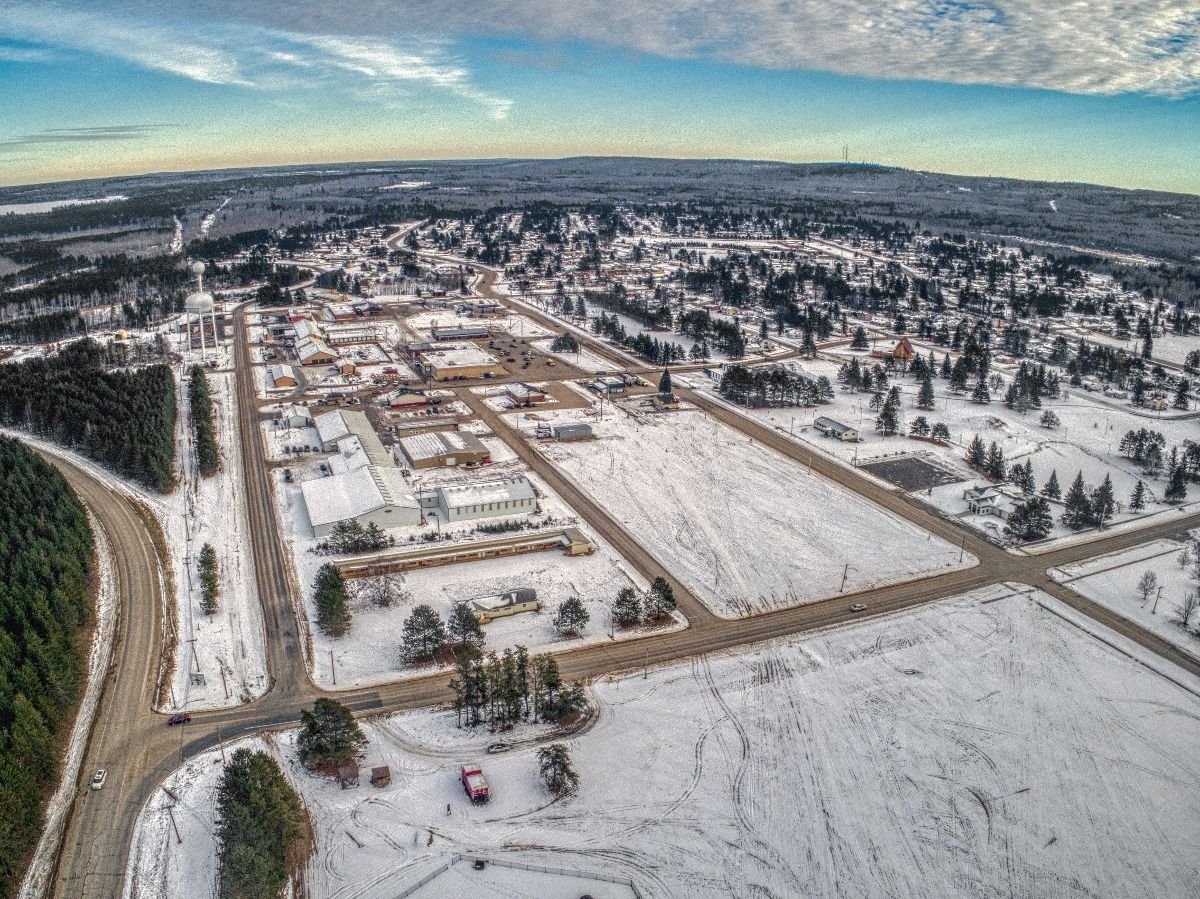
Think you’re tough because you scraped ice off your windshield this morning? Try surviving a Minnesota winter when “central heating” meant keeping a fire burning 24/7 or freezing to death in your sleep.
The 1800s didn’t mess around with participation trophies—winter was a six-month survival test that separated the hardy from the dead. Modern Minnesotans are soft compared to their ancestors who treated -40 degrees like a mild inconvenience.
25. You’ve Never Split Wood in -20 Degree Weather
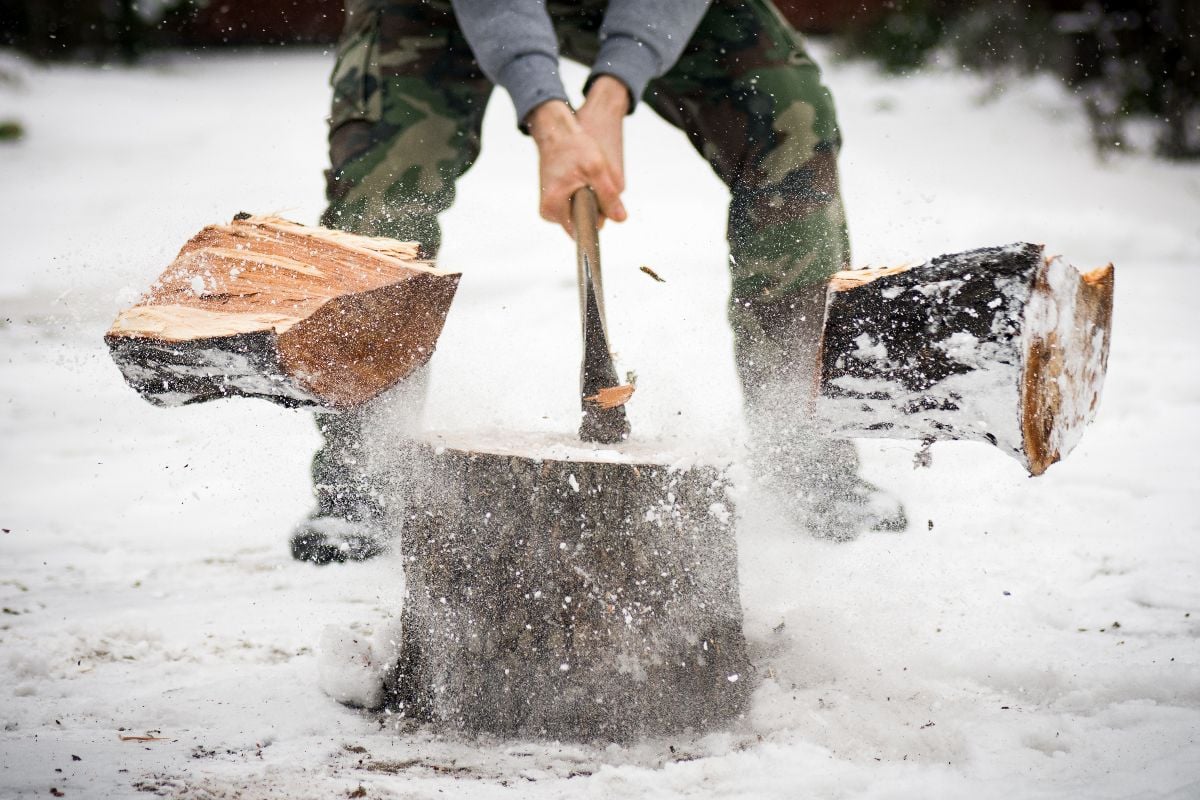
If you think chopping firewood is just a weekend exercise, 1800s Minnesota winter would kill you by January. You’d need to split enough wood to burn continuously for six months, and you’d have to do most of that splitting when it’s so cold the wood sounds like breaking glass and the axe handle tries to freeze to your hands.
This wasn’t hobby lumberjacking—this was life-or-death fuel preparation. You’d burn through a cord of wood every few weeks just keeping one room barely warm enough to prevent frostbite. And if you didn’t cut enough wood before the deep freeze hit, you’d be splitting frozen logs in weather that made breathing painful.
Modern people complain about their heating bills. 1800s Minnesotans spent half their waking hours just creating heat to stay alive. If you’ve never swung an axe until your arms ached while snow accumulated on your shoulders, you’d never make it past December.
24. You Think Insulation Means Turning Up the Thermostat
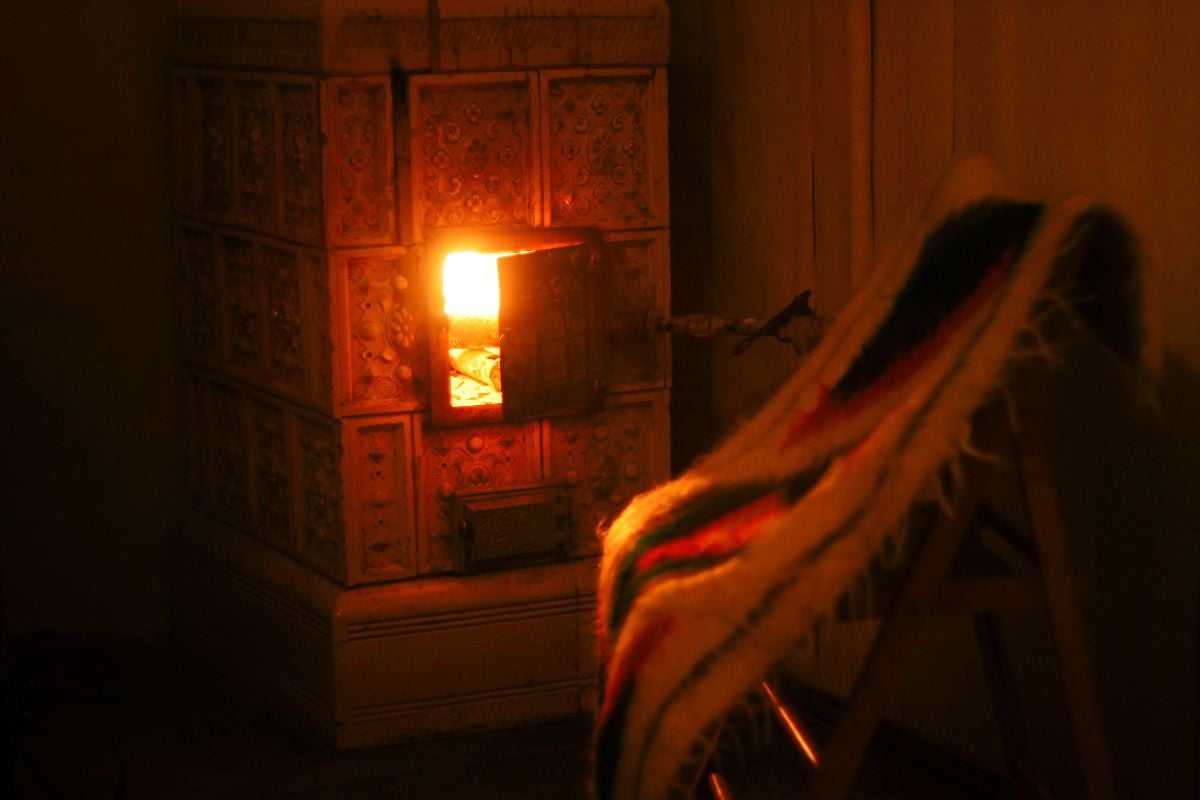
1800s Minnesota homes had insulation made from whatever you could stuff between wall boards—newspapers, rags, dried grass, animal fur, or just hope and prayer. Modern insulation standards would seem like science fiction to people whose bedroom windows regularly had ice on the inside.
You’d wake up to frost on your pillow and ice in your water bucket—indoors. The only warm spot in the house was within three feet of the fireplace, and even then, you’d be warm on one side while the other side slowly froze. Sleeping required enough blankets to stop blood circulation.
If you’ve never lived in a house where you could see your breath in the kitchen while making breakfast, you don’t understand what cold really means. 1800s Minnesota winters turned houses into barely-heated survival shelters, not comfortable living spaces.
23. You’ve Never Stored Six Months of Food Without Refrigeration
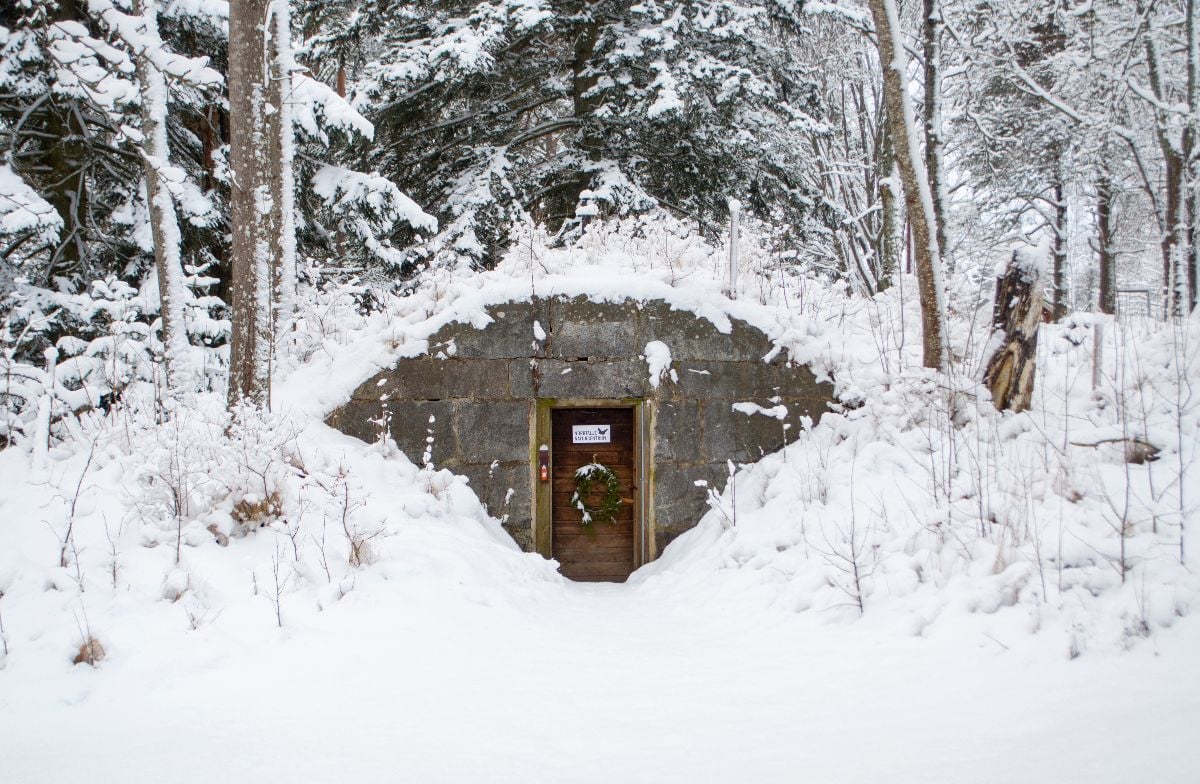
Pioneer survival wasn’t about stocking a pantry for the week—it was a chess match with winter that lasted half a year. You had to know exactly how many mouths you were feeding, how much each crop would yield, and how to stretch every sack of beans and barrel of flour until the thaw. Run out early and there was no corner store to bail you out.
Rationing was brutal math. One potato spoiled, and you lost ten meals. A handful of apples turning brown could ruin the barrel. Families spent fall doing calculations in their heads, weighing hog carcasses, and counting jars, all while knowing one slip meant hunger. Waste wasn’t a mistake; it was starvation.
Winter wasn’t just about having food—it was about discipline. You couldn’t snack. You couldn’t splurge. You ate what you had, in the portions you allowed yourself, and prayed spring planting came before the last root vegetable gave up.
22. You Think Layering Means Hoodie Under a Jacket

1800s Minnesota layering meant wearing everything you owned simultaneously and still being cold. Long underwear made from wool that itched like torture devices. Multiple shirts, sweaters, coats, and anything else that might trap body heat between you and certain death.
Women wore layers of petticoats and skirts that added bulk but little warmth. Men wore wool pants over long underwear with coats that provided wind protection but limited mobility. Everyone wore hats indoors because most body heat escapes through your head, and losing heat meant losing life.
You’d change clothes maybe once a week because getting undressed meant risking hypothermia in the time it took to put on clean layers. Personal hygiene became secondary to not dying from exposure. If you’ve never worn the same wool long underwear for a month straight, you’re too soft for 1800s winter survival.
21. You’ve Never Walked Three Miles to the Nearest Neighbor
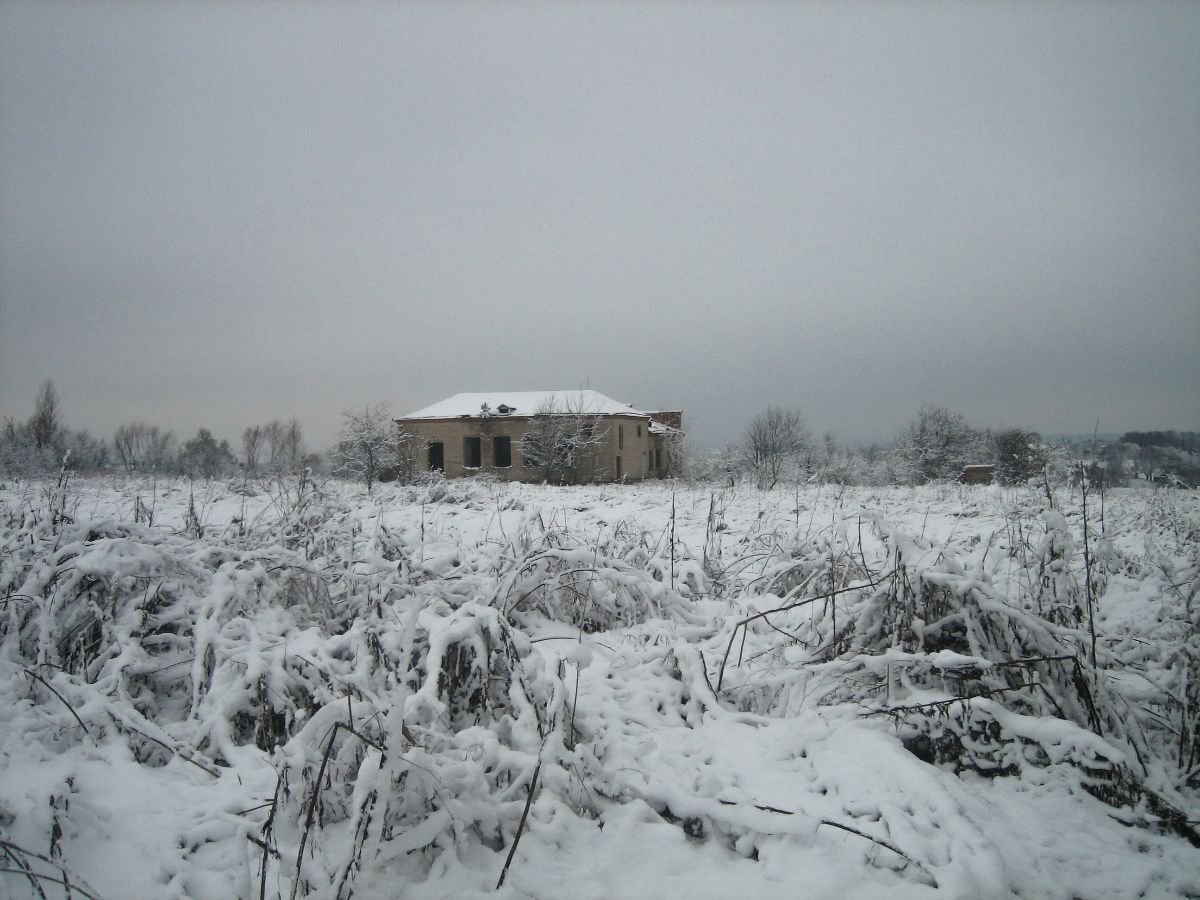
Minnesota settlements were spread out like scattered dice, with farms separated by miles of empty prairie that became white death traps in winter storms. Your nearest neighbor might be a three-hour walk through snow drifts and wind that could blind you.
When someone got sick or injured, you couldn’t call for help—you had to physically travel for assistance, often in weather that made visibility impossible. People died a hundred yards from their own homes because they got disoriented in blizzards and couldn’t find their way back.
Community meant everything because isolation could mean death. If you needed help, you had to reach people on foot or horseback through conditions that would close modern highways. If you’ve never navigated by landmarks in whiteout conditions, you’d die lost in your own backyard.
20. You Think Manual Labor Stops When It’s Cold Outside
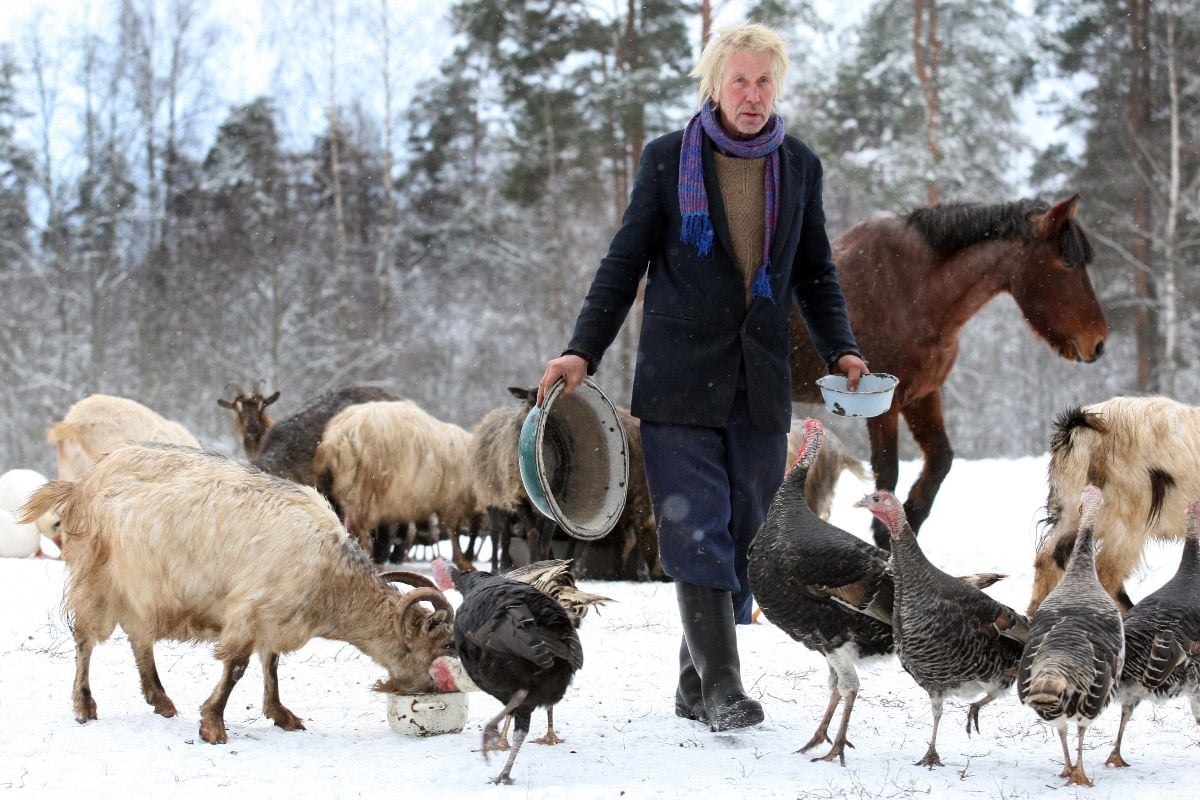
1800s Minnesota winter required constant physical work just to stay alive. Feeding animals, hauling water, maintaining fires, clearing snow, repairing buildings damaged by ice and wind—all had to be done regardless of temperature because animals and humans died when chores got postponed.
You’d milk cows in barns so cold that the milk would start freezing before you finished. You’d haul water from wells or rivers, carrying heavy buckets through snow while trying not to spill precious water that took enormous effort to replace.
Modern people stay indoors when it’s cold. 1800s Minnesotans worked outside every day because survival required daily maintenance that couldn’t wait for better weather. If you’ve never done hard physical labor in sub-zero temperatures, you lack the toughness that winter demanded.
19. You’ve Never Made Candles or Soap From Animal Fat
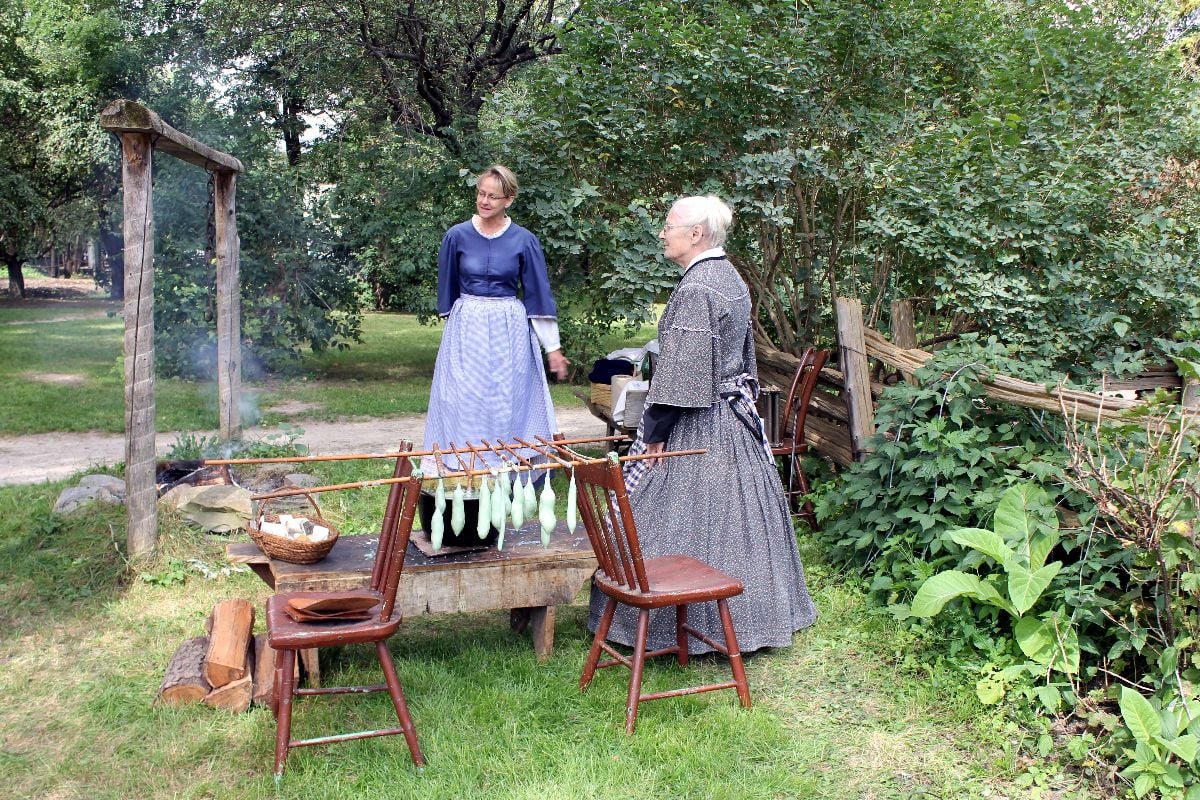
When you butchered livestock in Minnesota, you didn’t just fill the larder—you lit the house and cleaned the family. Fat became survival currency, boiled down into tallow that stank while rendering but burned clean when the nights went long. Every candle was hours of dipping, cooling, and redipping until you had a wick worth trusting in January darkness.
Soap wasn’t a luxury; it was an abrasive gamble. You mixed wood ash into lye, stirred it into melted fat, and prayed you didn’t burn your skin while making something that might not even harden. Fail the chemistry, and you wasted precious supplies. Fail the timing, and your family went dirty through the season when filth bred disease.
This wasn’t a hobby. Every strip of bacon came with a by-product that had to be turned into flame or hygiene. If you weren’t willing to smell boiling fat for days or handle caustic lye with raw hands, you didn’t deserve to call yourself prepared for winter.
18. You Think Bathing Daily is a Human Right
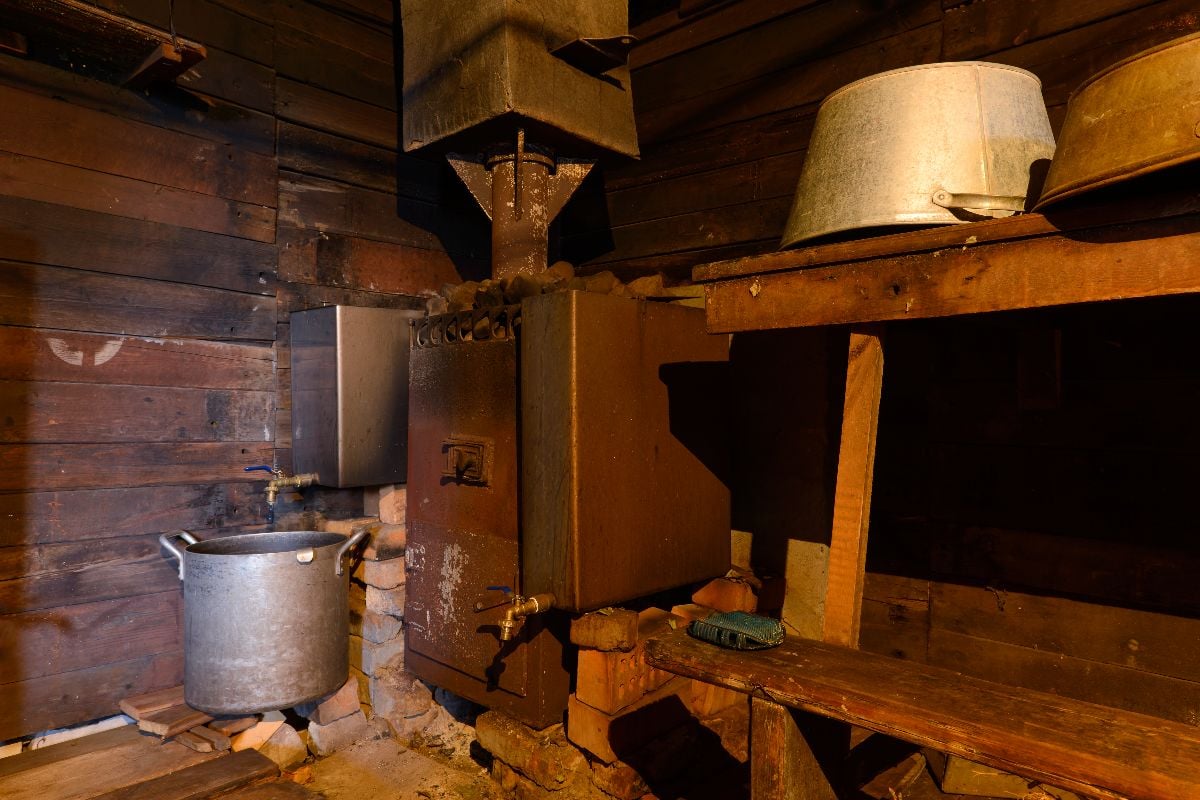
1800s Minnesota winter bathing happened maybe once a week, in a metal tub filled with water heated on the stove, in a room barely warm enough to prevent the water from freezing while you washed. The whole family used the same water because heating bath water required enormous amounts of fuel and time.
You’d wash quickly before hypothermia set in, then dry off near the fire while putting on the same clothes you’d been wearing for days. Clean clothes meant extra laundry, which meant extra water heating, which meant extra fuel burning—luxuries that could cost you survival resources.
Personal hygiene standards dropped dramatically when cleanliness competed with staying alive. If you need daily showers to feel human, you’d feel pretty inhuman by February. 1800s winter priorities were survival first, comfort never.
17. You’ve Never Repaired Farm Equipment With Scrap Metal

When plows broke or wagons cracked in 1800s Minnesota, you couldn’t order replacement parts online. You’d fix everything with whatever metal, wood, or leather you had available, using blacksmithing skills that determined whether your equipment would last until spring.
Broken tools meant failed crops, which meant starvation. You’d become an expert at makeshift repairs, jury-rigged solutions, and creative engineering using limited materials. A broken axe handle meant carving a new one from available wood and hoping it would hold up to daily use.
Modern people replace broken things. 1800s Minnesotans fixed them repeatedly with whatever they could find because replacement meant a trip to town that might be impossible until spring thaw. If you can’t repair complex machinery using only basic tools and scrap materials, you’d be helpless when equipment failed.
16. You Think Medical Care Means Calling a Doctor
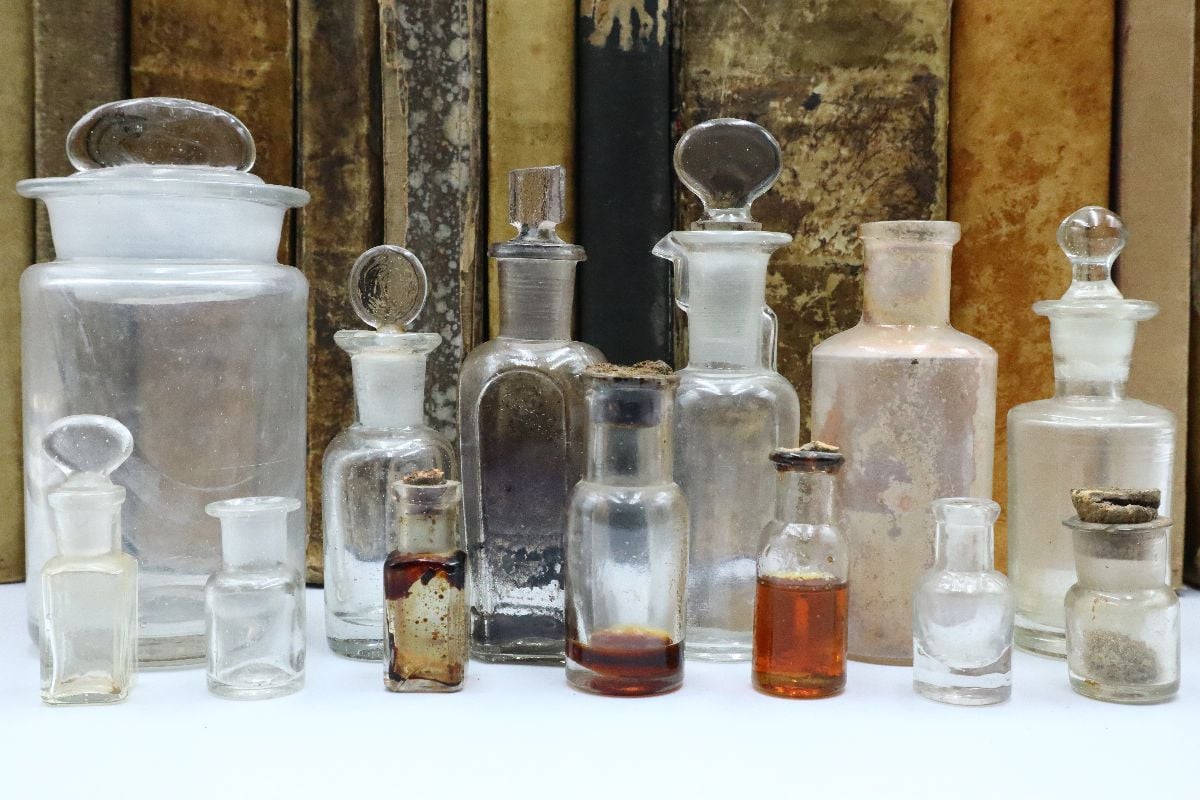
1800s Minnesota medical care meant treating yourself or family members with whatever knowledge and supplies you had available. The nearest doctor might be days away, assuming you could travel in winter conditions that made reaching help impossible.
You’d set broken bones using wooden splints and cloth strips. You’d treat infections with alcohol or folk remedies that sometimes worked and sometimes made things worse. Childbirth happened at home with midwife assistance if you were lucky, family help if you weren’t.
Death from treatable conditions was common because treatment wasn’t available. A broken leg could mean death if an infection sets in. A difficult birth could kill mother and child. If you’ve never performed emergency medical care using only household supplies, you’d watch family members die from injuries that modern hospitals treat routinely.
15. You’ve Never Preserved Meat Without Salt and Smoke
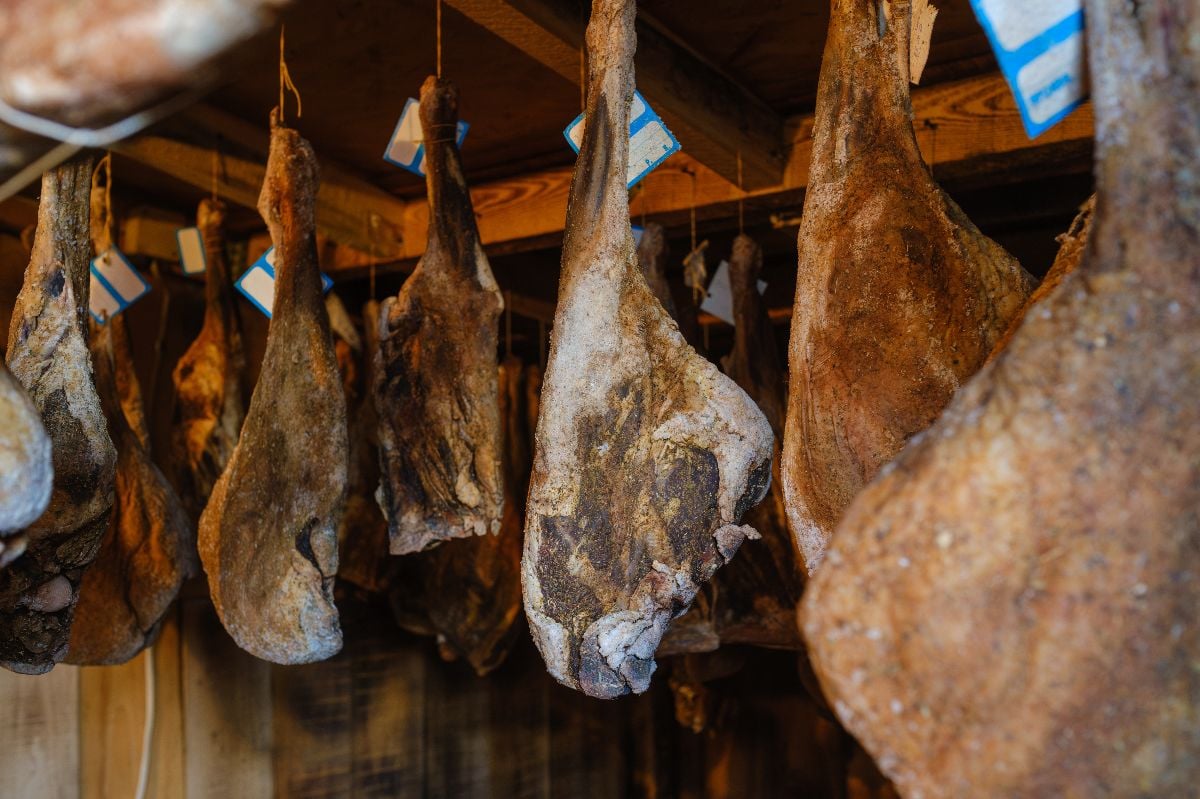
Before refrigeration, keeping meat edible through six-month winters required preservation techniques that took weeks and specialized knowledge. You’d salt-cure pork, smoke beef into jerky, and store preserved meat in ways that prevented spoilage while maintaining nutrition.
Smoking meat requires maintaining consistent low-heat fires for days while monitoring temperature and airflow to prevent the meat from spoiling or burning. Salt-curing required understanding exactly how much salt different cuts needed and how long the process took.
One mistake could ruin your entire winter protein supply. Improperly preserved meat would rot or become inedible, leaving you with no animal protein until spring hunting season. If you’ve never turned a freshly butchered pig into six months of preserved food, you’d starve by March.
14. You Think Entertainment Means Netflix and WiFi
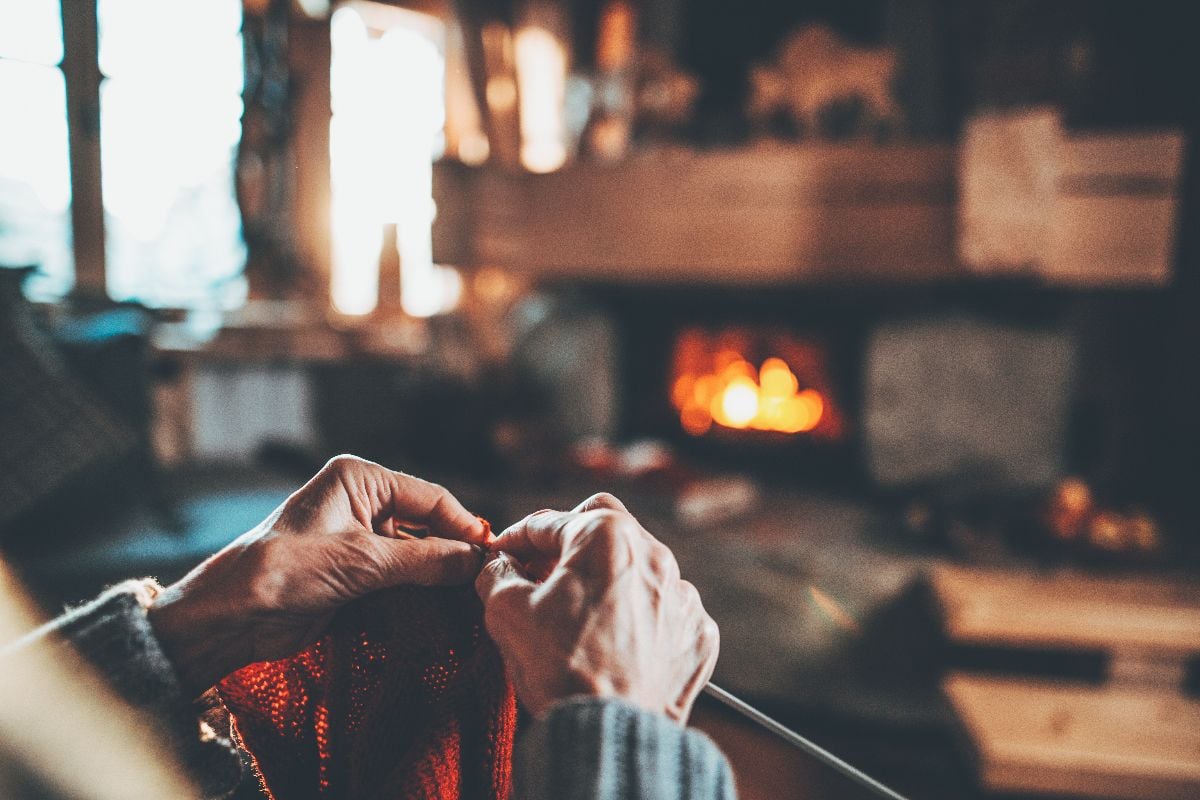
1800s Minnesota winter entertainment meant whatever you could create with your family in a one-room house during the months of darkness. Reading by candlelight if you owned books, playing cards or simple games, telling stories, and maybe music if someone owned an instrument.
You’d spend long evenings doing practical work that doubled as entertainment—sewing, knitting, wood carving, and tool maintenance. Every activity had to serve survival purposes because time and materials were too precious to waste on pure entertainment.
Social gatherings happened when the weather permitted travel to neighbors, but mostly you’d entertain yourself with conversation and simple activities that didn’t require special equipment. If you need electronic entertainment to avoid boredom, you’d go insane during months of long, dark evenings with only family conversation for stimulation.
13. You’ve Never Hunted for Food Instead of Sport
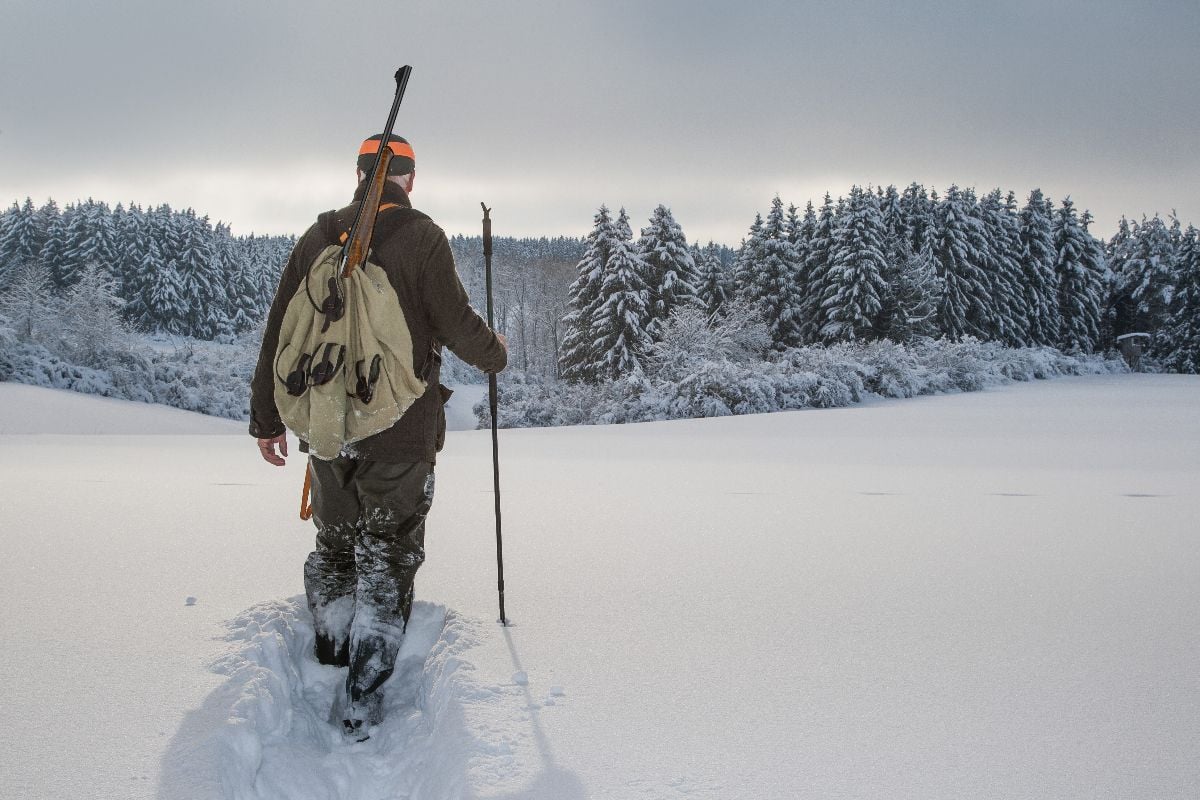
1800s Minnesota hunting wasn’t recreation—it was the difference between protein and starvation. You’d hunt deer, rabbits, birds, and anything else edible, using skills that determined whether your family would have meat through the winter.
Successful hunting required understanding animal behavior, tracking skills, accurate shooting, and field dressing techniques that preserved meat properly. You’d use every part of every animal because waste meant hunger. Missing shots meant lost ammunition that might not be replaceable until spring.
You’d trap small animals, ice fish through frozen lakes, and hunt in weather conditions that modern hunters would consider impossible. If you’ve never killed, butchered, and preserved wild animals as your primary protein source, you don’t understand what survival hunting really requires.
12. You Think Travel Means Getting in a Car

1800s Minnesota winter travel meant walking, snowshoeing, or sledding through snow that could swallow you whole. You’d travel on skis or snowshoes when the snow was too deep for walking, carrying everything you needed for survival in case you got stranded.
Horse-drawn sleds worked when you owned horses and the snow wasn’t too deep or the wind too strong. But horses required feed and shelter, luxuries that many families couldn’t afford. Most travel happened on foot, in conditions that could kill you if you made navigation mistakes.
You’d plan trips carefully, telling people your route and expected return time because getting lost meant death. Emergency supplies included fire-starting materials, extra food, and shelter materials in case the weather trapped you overnight. If you’ve never walked ten miles through snow drifts in sub-zero wind, you don’t understand frontier travel challenges.
11. You’ve Never Chopped Through Ice to Get Water
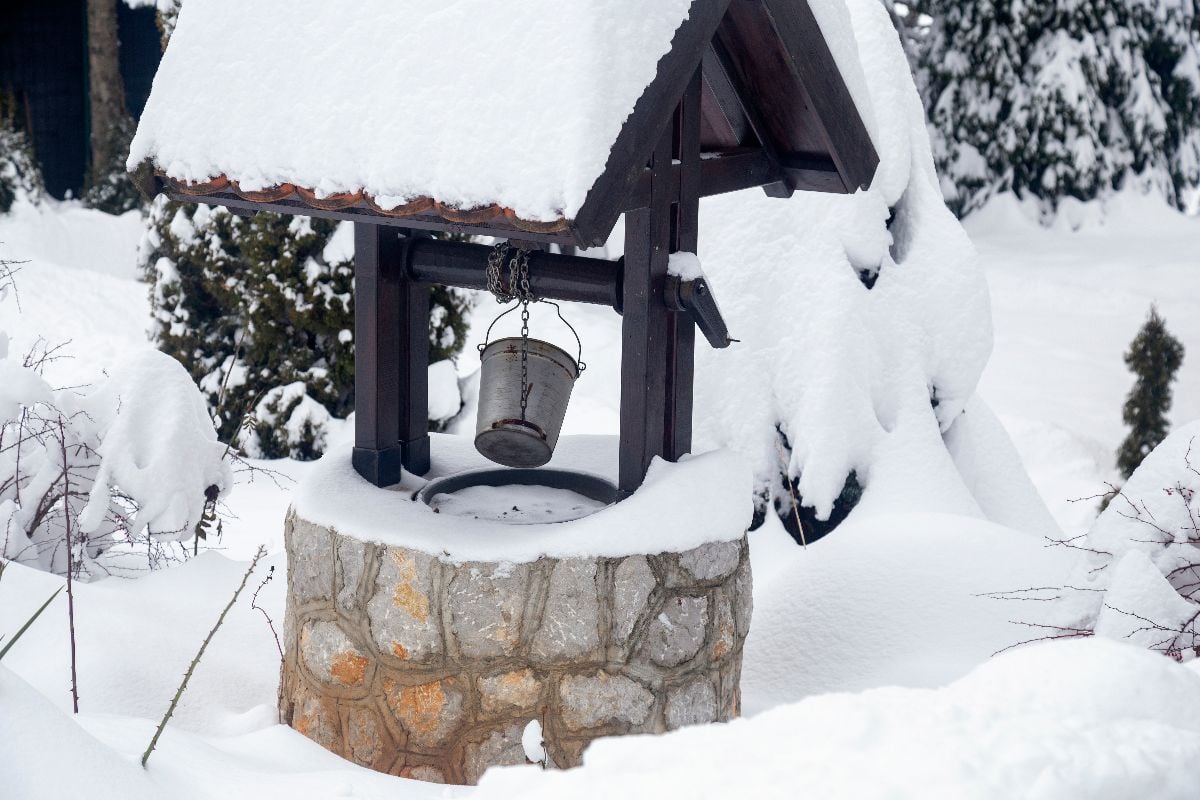
1800s Minnesota water sources froze solid, requiring daily ice-chopping to access the water needed for drinking, cooking, washing, and animal care. You’d chop through ice that could be several feet thick, using axes and iron bars to break through to flowing water beneath.
Wells would freeze despite being underground. Rivers and lakes developed ice thick enough to support heavy weights but still required breaking through the surface to reach water. You’d haul water in buckets that would start freezing before you got home.
Water conservation became critical because hauling water required enormous physical effort in dangerous conditions. You’d reuse water multiple times—washing water became animal water, cooking water became cleaning water. If you’ve never broken through three feet of ice to fill water buckets, you don’t understand how precious water becomes when it’s frozen.
10. You Think Clothing Means Fashion Choices
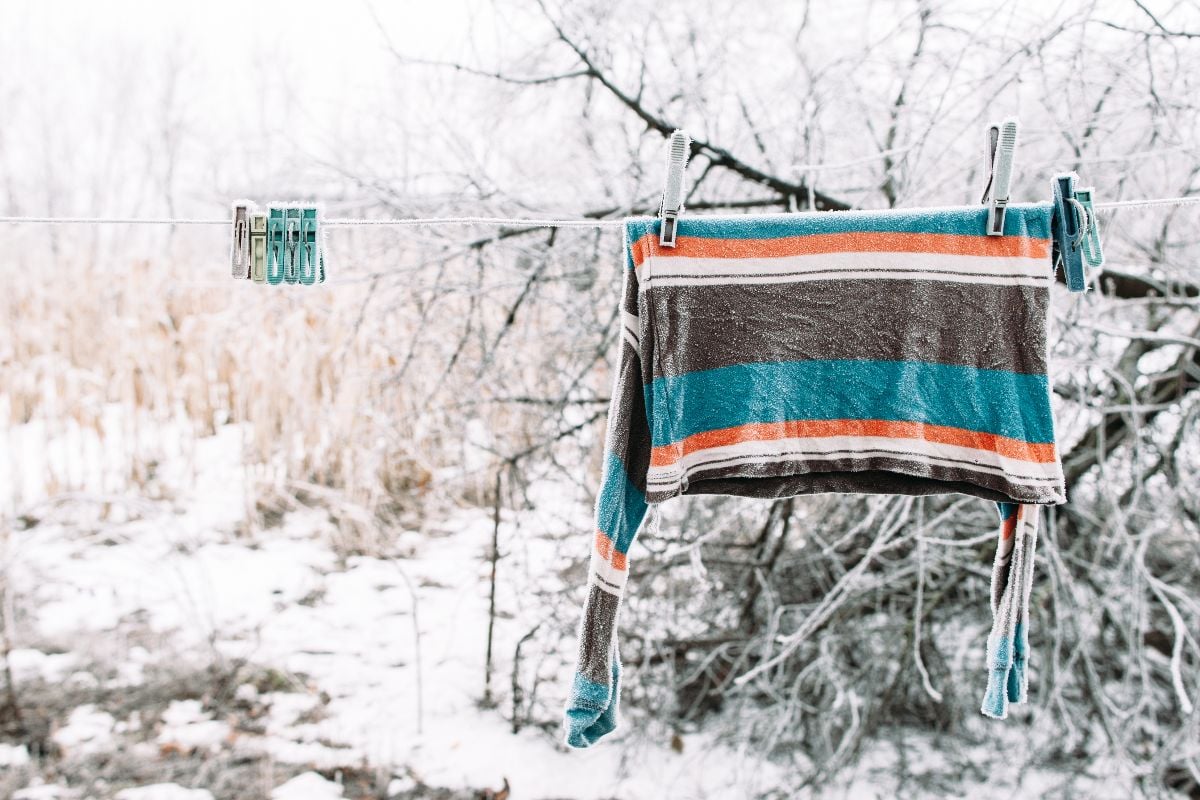
1800s Minnesota clothing was purely functional—whatever kept you warmest longest with materials you could afford or make yourself. You’d wear wool because it stayed warm when wet, leather because it blocked wind, and fur because it provided insulation that could save your life.
You’d own maybe two complete sets of clothing—one for daily wear and one for special occasions. Clothes would be repaired repeatedly because replacement meant either making new clothes from scratch or traveling to town for purchases that might cost months of saved money.
Fashion meant staying alive. Clothing choices were survival decisions based on temperature, durability, and availability of materials. You’d wear the same clothes for weeks because washing meant heating water and drying clothes in houses that were barely warm enough to prevent freezing. If you need variety in your wardrobe to feel normal, you’re too vain for frontier survival.
9. You’ve Never Built and Maintained a Fire All Night
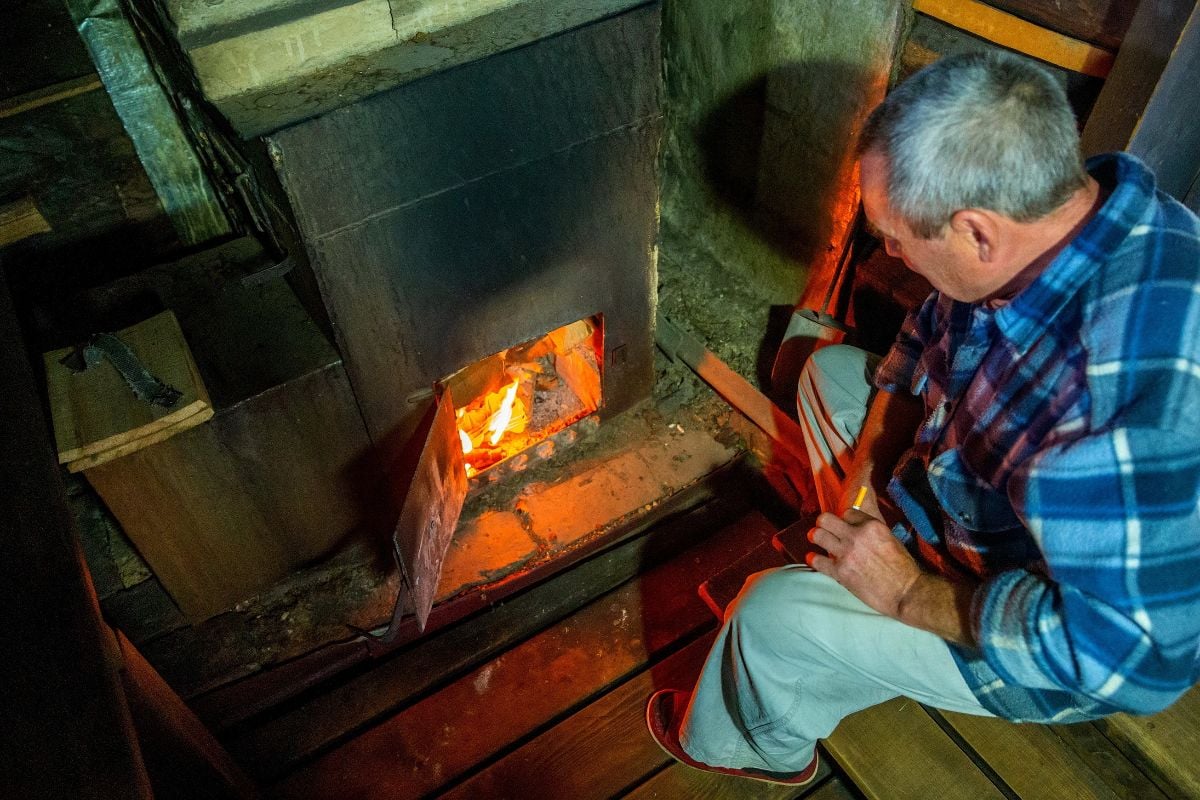
Keeping fires burning through Minnesota winter nights meant someone had to wake up every few hours to add wood and tend the flames. Letting fires die meant waking up to frozen water buckets and rooms cold enough to cause frostbite while you slept.
You’d prepare fires carefully, banking coals and arranging wood to burn slowly and consistently. Fire maintenance was skilled work that determined whether your family would survive until morning. You’d sleep in shifts to ensure someone could maintain heat through the night.
Fire-starting materials were precious—matches were expensive and not always available. You’d maintain fires continuously because starting new fires from scratch required time and materials you might not have. If you’ve never spent entire nights feeding fires to prevent your family from freezing, you don’t understand what constant vigilance means.
8. You Think Food Storage Means a Pantry and Freezer
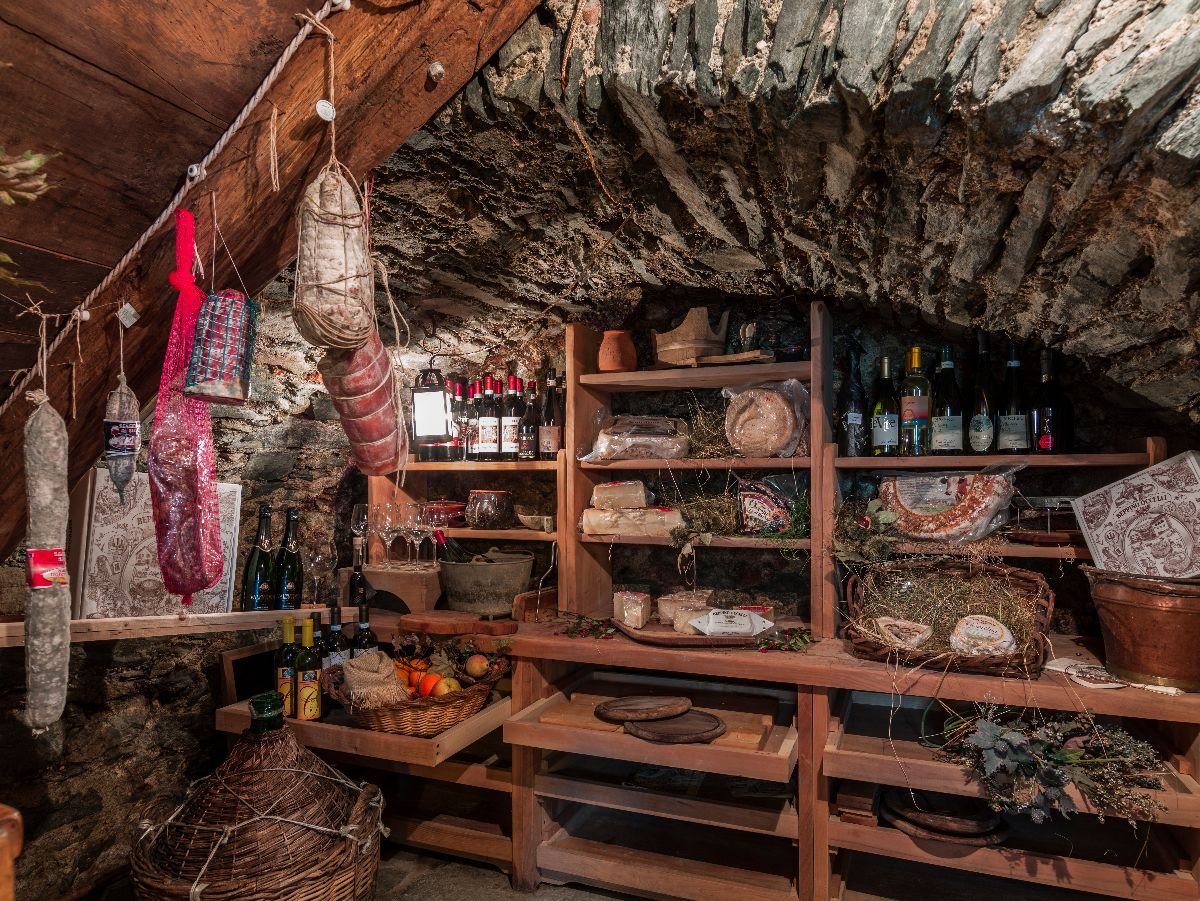
Frontier storage wasn’t a pantry with neatly labeled jars. It was architecture and science without thermometers or electricity. Root cellars had to breathe but not freeze, smokehouses had to keep meat dry but not catch fire, and every room in the house doubled as a preservation experiment.
Root vegetables demanded one kind of climate—cool, damp, dark. Salted pork needed another—dry, cold, unreachable by vermin. Grains lived in barrels tucked high and tight, where a single mouse could undo a winter’s worth of labor. Families monitored storage like doctors with patients, pulling out anything suspicious before it contaminated the rest.
Your survival depended on your ability to manipulate temperature, airflow, and humidity with dirt, wood, and stone. Every creak of the cellar door was a check-up, every strange smell a warning sign. If you couldn’t manage a dozen storage environments under one roof, you’d watch your winter pantry collapse from the inside out.
7. You’ve Never Delivered a Baby in a Snowstorm
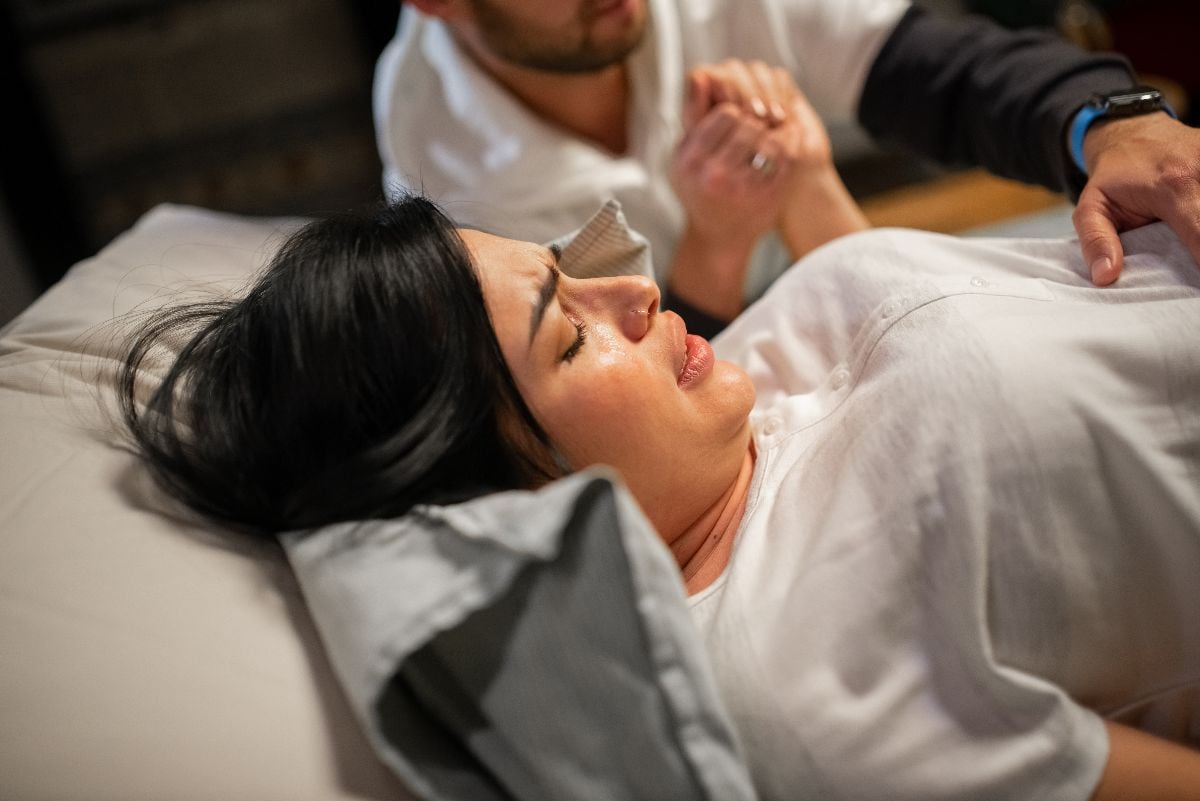
1800s Minnesota childbirth happened at home regardless of weather conditions, with whatever assistance was available when labor started. Women gave birth in houses barely warm enough to prevent frostbite, with family members providing medical care that determined whether mother and child survived.
You’d deliver babies using hot water, clean cloths, and basic medical knowledge passed down through families. Complications meant making life-or-death decisions without professional medical training. Difficult births could kill mother and child because surgical intervention wasn’t available.
Newborns required warming in houses that were barely heated, feeding when the mother’s nutrition was limited by available food, and protection from diseases that killed children regularly. If you’ve never provided emergency medical care during life-threatening situations using only household supplies, you couldn’t handle the medical realities of frontier life.
6. You Think Isolation Means No WiFi
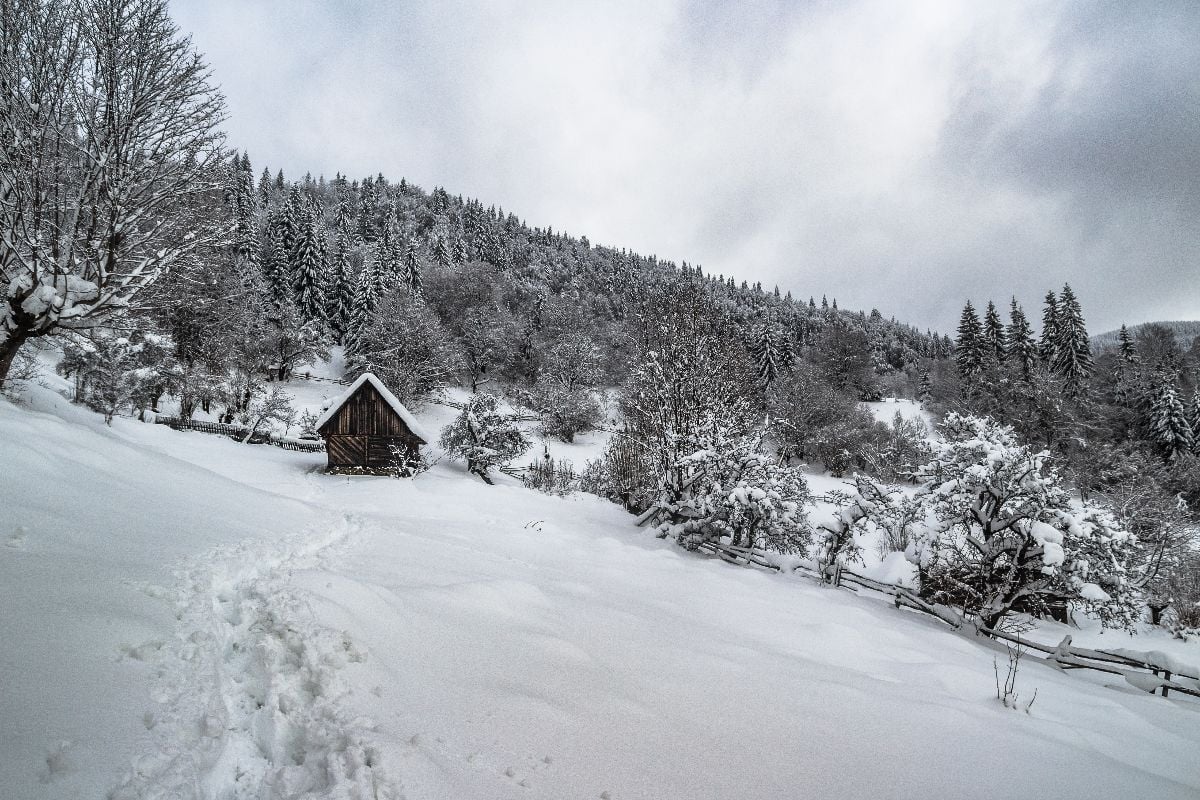
1800s Minnesota winter isolation meant not seeing other humans for months, living with only immediate family in cramped quarters where privacy was impossible and personality conflicts could drive people insane. You’d spend entire winters with the same few people, unable to leave when tensions rose.
You’d handle family disputes without outside mediation, manage mental health problems without professional help, and deal with cabin fever that could lead to violence or psychological breakdown. Small personality quirks became major irritations when you couldn’t escape them.
Social isolation meant relying entirely on family relationships for emotional support, intellectual stimulation, and conflict resolution. Mental health challenges had to be managed within the family because professional help wasn’t available. If you need regular social interaction with diverse people to maintain psychological stability, you’d have a nervous breakdown by February.
5. You’ve Never Worked Every Day Just to Stay Alive
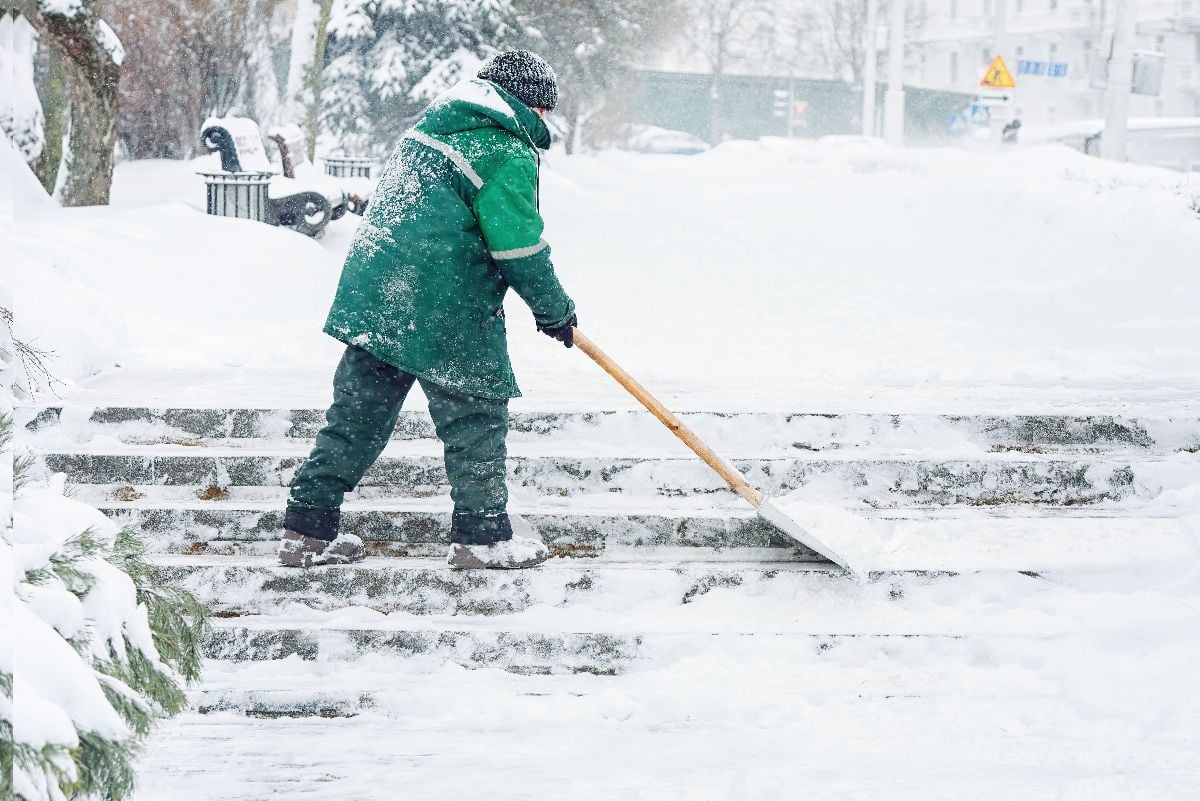
1800s Minnesota survival required constant work with no days off, no vacations, and no retirement except death. You’d wake up to daily chores that determined whether you’d survive another day—feeding animals, maintaining fires, preparing food, repairing equipment, and handling emergencies.
Work never stopped because survival needs never stopped. Animals needed daily care regardless of the weather. Fires needed constant attention. Food preparation took hours of daily work. Equipment maintenance prevented failures that could mean death.
You’d work sick, injured, exhausted, and discouraged because stopping work meant dying. There were no safety nets, government assistance, or backup plans. Your daily labor was literally the difference between survival and death. If you’ve never worked physically demanding jobs every single day regardless of how you felt, you lack the work ethic that frontier life demanded.
4. You Think Privacy Means Having Your Own Room

1800s Minnesota families lived in one or two-room houses where privacy was impossible and personal space didn’t exist. You’d sleep in beds shared with siblings, dress and undress in front of family members, and handle personal needs with no privacy whatsoever.
You’d live in constant close contact with family members who had their own hygiene issues, personality problems, and personal habits that became major irritations when you couldn’t escape them. Arguments, illness, personal hygiene, and intimate relationships all happened in shared space.
Personal privacy meant stepping outside in weather that could kill you. Intimate conversations happened in whispers or not at all. Personal conflicts had to be resolved within the family because you couldn’t leave to cool off. If you need personal space and privacy to maintain mental health, you’d break down from the constant close contact.
3. You’ve Never Made Soap, Candles, Cloth, and Tools From Scratch
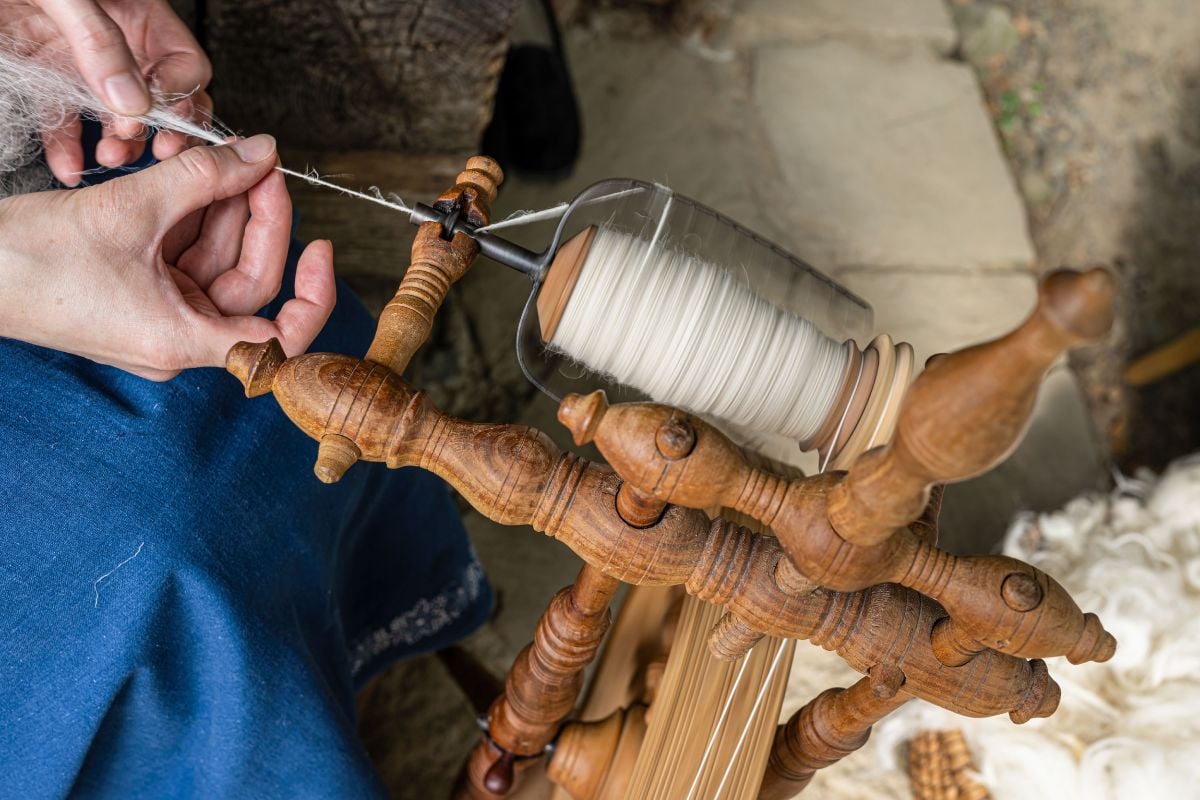
A Minnesota farmhouse in 1850 was less a home than a factory. Every item in your possession—shirts, boots, buckets, nails—existed because someone in your family spun, stitched, carved, or forged it. The store was a distant dream; the workshop was your daily reality.
Men shaped axe handles, wagon parts, and iron tools with whatever materials they could find. Women carded wool, spun thread, and wove cloth until fingers bled, then sewed garments designed to last years, not weeks. Children learned to carve, patch, and cobble as early as they could stand. Every spare moment went into replenishing the objects you’d wear out tomorrow.
Nothing came free, and nothing came easy. A single shirt could take weeks of labor, a chair an entire season of woodworking, a set of nails a day at the forge. If you didn’t know how to manufacture your own world, you lived in one with holes, splinters, and broken tools that spelled disaster when the snow closed in.
2. You Think Community Means Social Media Connections
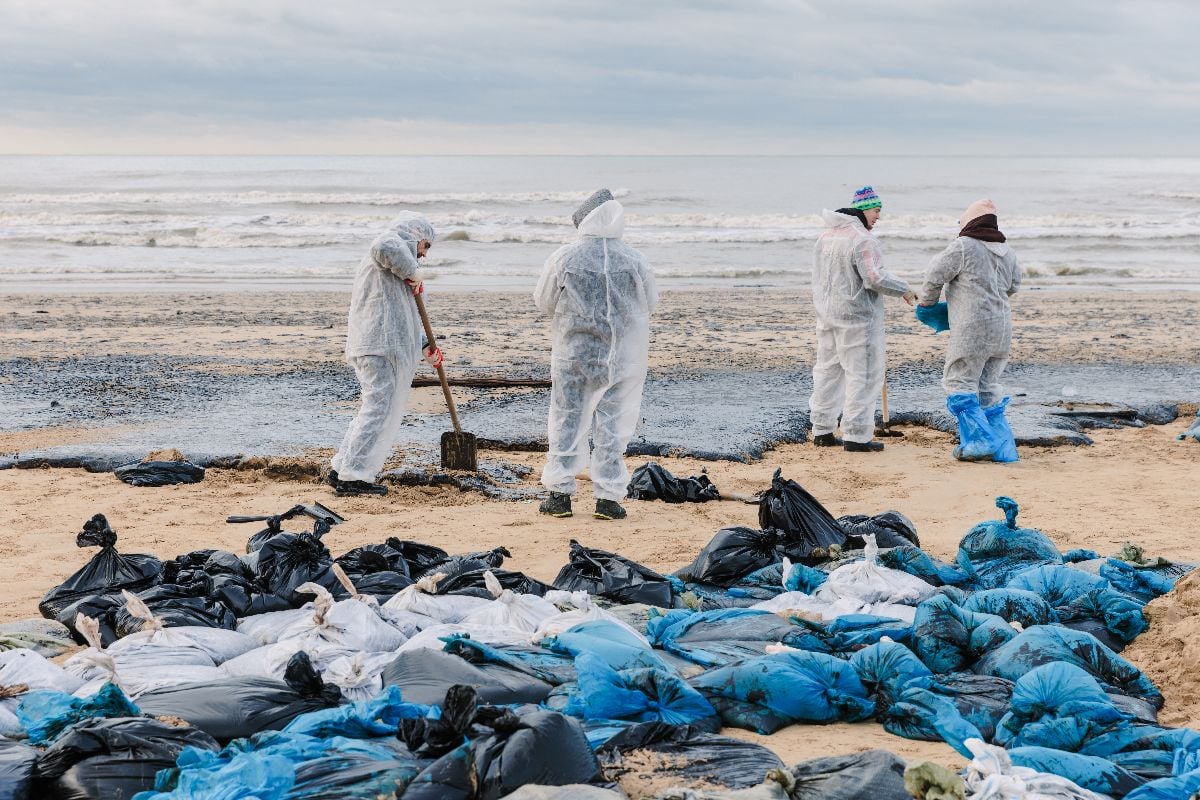
1800s Minnesota communities meant physical mutual aid that determined whether families survived disasters, illness, or equipment failures. Neighbors shared resources, labor, and expertise because individual families couldn’t handle major challenges alone.
You’d participate in barn raisings, harvest assistance, shared childcare, and emergency response that required actual physical help rather than virtual support. Community membership meant real obligations to provide assistance when others needed help.
Social connections were based on practical mutual aid rather than entertainment or emotional support. You’d maintain relationships because they provided survival insurance—people who would help you when disasters struck. If you can’t provide practical assistance to neighbors during real emergencies, you wouldn’t be valuable enough to receive help when you needed it.
1. You Think Hard Times Mean Your Internet is Slow

The ultimate test of 1800s Minnesota winter survival was understanding that comfort wasn’t a right—it was a luxury that you earned through constant work, careful planning, and acceptance that life was hard and you either adapted or died trying.
Modern people think hardship means minor inconveniences that get resolved quickly. 1800s Minnesotans lived with constant discomfort, genuine danger, and the knowledge that small mistakes could mean death for entire families. They found satisfaction in survival itself rather than comfort.
The difference isn’t just technology—it’s a fundamental attitude toward difficulty. 1800s pioneers expected life to be hard and found joy in successfully managing challenges that would break modern people. They were tougher mentally and physically because their environment demanded toughness as the price of staying alive.
If you can’t find satisfaction in basic survival under difficult conditions, you lack the psychological foundation that made 1800s Minnesota winter survival possible. The pioneers weren’t superhuman—they were just adapted to a reality that didn’t provide safety nets, easy solutions, or guarantees that trying hard would be enough.






